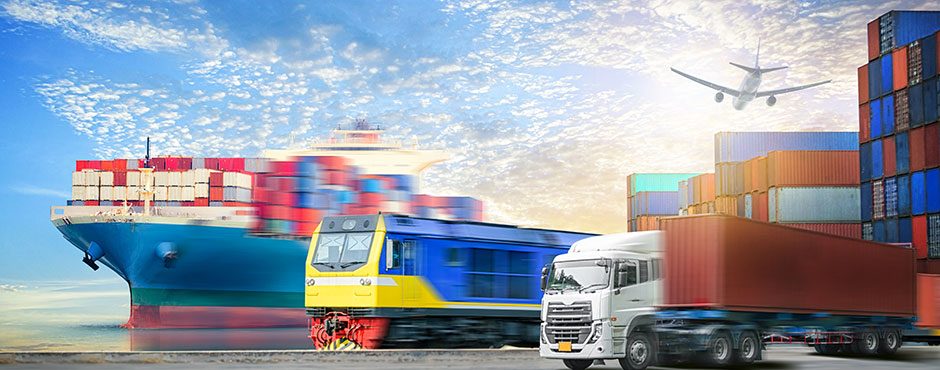Freight Supply Chain Resilience Study

Overview
Everyone’s Talking About Supply Chains!
Just about everything you see or use in your home or workplace has been touched by a supply chain. A supply chain represents the entire process of making and selling goods, from the raw materials and machinery used to manufacture a good through its delivery to a store or customer. The freight movement from raw material source to the end consumer can be a long and winding road with many stops and steps along the way. Considering the length and complexity of today’s supply chains, it is no small feat when your order is delivered to your doorstep in days or sometimes even hours!
Supply Chain Disruption
We know from past and current events, like hurricanes and pandemics, that products we rely on can sometimes be hard to find or delayed in their arrival. Who doesn’t recall the great toilet paper shortage of 2020? Disruptions in the supply chain in the early days of COVID-19 led to stopped production and subsequent delayed deliveries, fueling public uncertainty and scarcity buying. Deliveries can also be disrupted when the transportation system is blocked or damaged from severe weather, leaving those in the disaster area without certain basics such as clean water, food, shelter, medicine, fuel, and communications.
The ability of a supply chain to handle unexpected disruptions like those described above is known as supply chain resilience. While supply chain disruptions are inevitable in times of crisis, there are steps that government and private companies can take to strengthen the resiliency of the supply chain, reducing impacts and the time required for recovery.
Recognizing the critical importance of the supply chain to people’s lives, particularly in a time of crisis, the Hillsborough Transportation Planning Organization (TPO) is leading a study to learn more about the key supply chains in Hillsborough County and how they are impacted or disrupted under certain disaster scenarios. The study will map the supply chains and explore potential weaknesses under adverse conditions and identify ways to respond and recover quickly to such disruptions.
Study Purpose
The TPO is conducting this study to learn more about supply chains that are critical to bringing necessary products and services to Hillsborough County and how these flows could be slowed or stopped in different situations. The study will analyze the elements of the freight supply chain in Hillsborough County to identify:
- The supply chains for critical goods or services;
- Potential effects on these supply chains from different disaster scenarios and disaster scenario combinations; and
- Levels of resiliency in critical freight supply chains
The selected disaster scenarios for this study may be climate, weather-related or human-induced events.
The study will recommend actions that can mitigate impacts and strengthen supply chain resilience. Because public-private partnerships are essential to disaster preparedness and alleviating supply chain disruptions quickly, the recommendations will also include ongoing engagement with key supply chain partners and communities to help shape future outcomes that are sustainable and equitable.
Study Tasks
Phases
Phase 1
- Commodity / Service & Disaster Scenario Selection
- February – March 2022
Completed
Phase 2
- Commodity Flow Analysis & Supply Chain Resiliency Analysis
- March – May 2022
Completed
Phase 3
- Supply Chain Resiliency Recommendations
- May – July 2022
Ongoing




